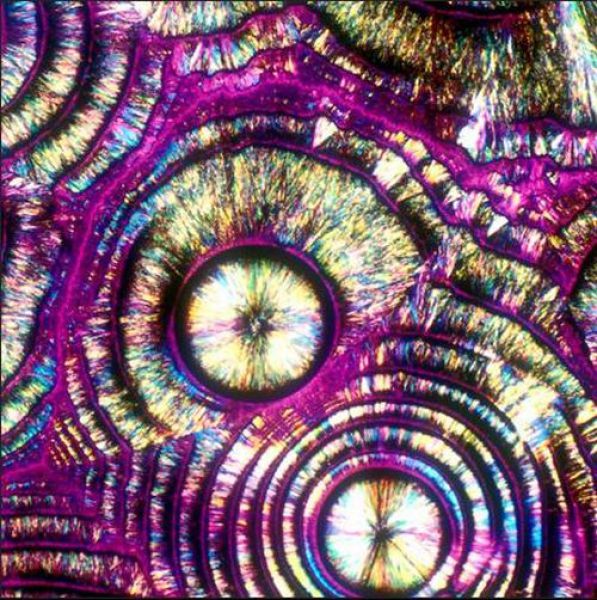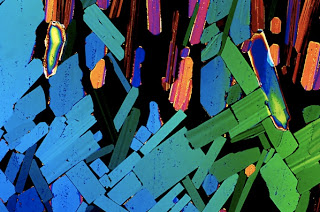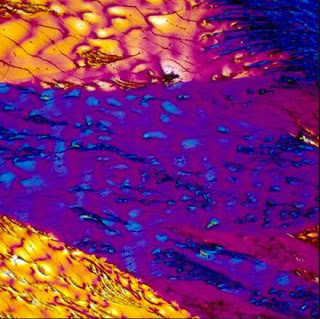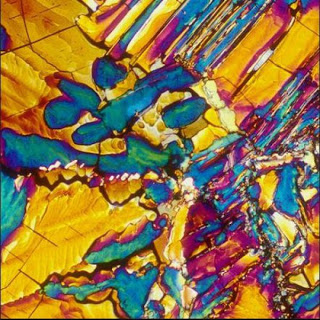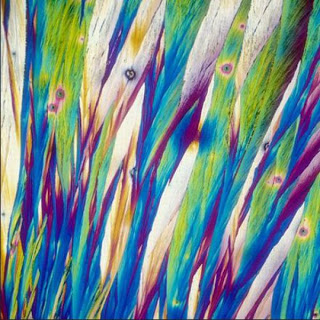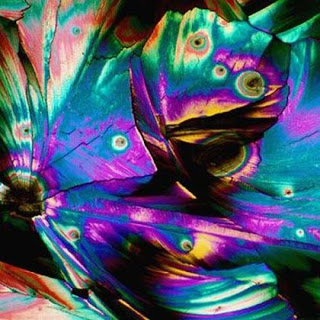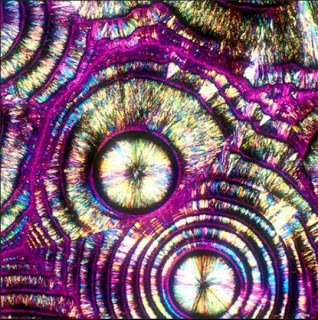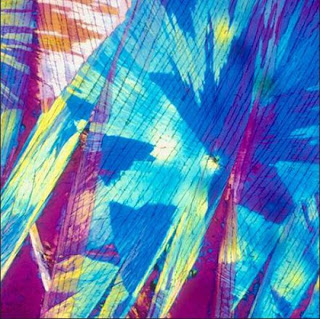Discovering the Complex Flavors of Whiskey: Your Guide to the Tasting Wheel
Whiskey is a complex spirit with a wide range of flavors and aromas that can be difficult to distinguish. Whether you’re new to the world of whiskey or a seasoned connoisseur, understanding the tasting wheel can help you appreciate and enjoy this drink even more.
The tasting wheel is a tool whiskey experts use to categorize and describe the various flavors and aromas of different types of whiskey. By using the tasting wheel, you can identify the specific notes in your whiskey and gain a deeper understanding of its characteristics. In this guide, we’ll take you through the different flavor categories on the tasting wheel and explain what each one means. We’ll also provide tips on tasting whiskey like a pro and making the most of your next whiskey-tasting experience. So grab a glass, pour yourself a dram, and dive into the fascinating world of whiskey tasting!
Introduction to the tasting wheel
The tasting wheel is a tool whiskey enthusiasts use to identify and describe the complex flavors and aromas of different types of whiskey. It is essentially a wheel-shaped chart that breaks down the various flavors and aromas found in whiskey into different categories, such as fruity, floral, spicy, smoky, and woody.

Using the tasting wheel can help you better understand and appreciate the nuances of different whiskeys and develop your palate over time. By identifying the specific flavors and aromas present in a particular whiskey, you can start to build a vocabulary of descriptive terms that will allow you to communicate more effectively with other whiskey lovers and better to appreciate the subtle differences between different types of whiskey.
While everyone’s palate is different, and you may not necessarily pick up on every flavor or aroma listed on the tasting wheel, it can still be a helpful starting point for developing your tasting skills. Whether you’re a seasoned whiskey drinker looking to expand your palate, or a newbie looking to learn more about this complex and fascinating spirit, the tasting wheel is an essential tool in your arsenal. So let’s dive in and explore the world of whiskey flavors and aromas together!
Story of whiskey tasting
The history of whiskey tasting is rich and complex, dating back centuries. In the early days, whiskey was often consumed for its medicinal properties, with many believing it could cure ailments and ward off illnesses. As whiskey production began to evolve, so did the art of tasting. In Scotland, for example, experts began to develop a more refined approach to whiskey tasting, using a standardized set of criteria to evaluate the quality and character of different whiskies.
Over time, other regions began to adopt similar techniques, each with its own unique approach and set of criteria. Today, whiskey tasting is a highly specialized and nuanced art, with experts using a range of tools and techniques to evaluate everything from aroma and flavor to mouthfeel and finish. Whether you’re a seasoned connoisseur or just starting out on your whiskey-tasting journey, understanding the history and evolution of this art is key to developing a deeper appreciation for the complex flavors and nuances of this beloved spirit.
How to use the whiskey-tasting wheel
A whiskey-tasting wheel is a tool that helps you identify and describe the complex flavors in whiskey. It is a visual representation of whiskey’s various flavors and aromas. The wheel is divided into sections, each representing a different flavor category. These categories include fruity, floral, spicy, smoky, nutty, and more.
To use the whiskey tasting wheel, pour a small amount of whiskey into a glass. Take a moment to observe the color and clarity of the whiskey. Then, swirl the glass to release the aromas of the whiskey. Take a deep inhale and try to identify any scents that are present.
Next, take a small sip of the whiskey and let it sit on your tongue for a moment. Pay attention to the different flavors you can taste, and identify which section of the whiskey tasting wheel those flavors belong to. For example, if you taste notes of vanilla or caramel, those would fall under the “sweet” category on the wheel.
As you continue tasting the whiskey, refer to the tasting wheel to help identify the different flavors and aromas. This can help you pick up on subtle nuances in the whiskey you may have missed otherwise. Overall, the whiskey tasting wheel is a great tool for both novice and experienced whiskey drinkers alike, helping to enhance the tasting experience and appreciation for the complexity of the whiskey.
Categories of whiskey flavors
Whiskey is a complex and nuanced spirit with a wide range of flavors and aromas that can be difficult to differentiate. However, five categories of whiskey flavors can help guide your tastebuds and enhance your appreciation of this beloved drink.
Grain flavors
These flavors come directly from the grains used in the whiskey’s mash bill. Different grains impart different flavors, such as the spicy rye notes in rye whiskey or the sweet corn flavors in bourbon.
Woody flavors
The charred oak barrels that age whiskey can impart various flavors, from vanilla and caramel to smoky and spicy notes. These flavors can be more pronounced in older whiskeys, which have had more time to mature in the barrel.
Sweet flavors
Whiskey can have a range of sweet flavors, from the honey and maple notes in some bourbons to the fruity and floral flavors in Irish and Scotch whiskies.
Spicy flavors
Many whiskeys have a spicy kick, from the black pepper notes in rye whiskey to the cinnamon and clove flavors in some bourbons.
Earthy flavors
Some whiskeys have earthy notes, such as the peaty flavors in some Scotch whiskies or the nutty and herbal flavors in Irish whiskey.
Understanding these five categories of whiskey flavors can help you better appreciate the complexity of this spirit and identify the various flavors and aromas present in different types of whiskey. So next time you take a sip of your favorite whiskey, take a moment to consider which flavor category it falls into and see if you can detect the various flavors and aromas present in the glass.
Understanding the different notes in whiskey
Like many other spirits, whiskey has a complex flavor profile that can often be challenging to decipher at first. However, by understanding the different notes in whiskey, you can begin to appreciate the unique qualities that make each whiskey so special.
Whiskey-tasting notes are typically broken down into three categories: aroma, taste, and finish. Within each of these categories, there are a variety of different notes that can be present. For example, the aroma of whiskey can include notes of vanilla, caramel, or even smoke. The taste of whiskey may include flavors such as honey, cinnamon, or citrus, and the finish could have notes of oak, leather, or even tobacco.
It’s important to note that not all whiskeys will have the same notes and that the specific notes present can vary depending on the type of whiskey and the barrel it was aged in. For example, a bourbon aged in a charred oak barrel may have notes of caramel and vanilla, whereas a scotch aged in a sherry cask may have notes of dried fruit and spice.
By understanding the different notes in whiskey, you can pick out specific flavors and aromas in each whiskey you taste. This can help you develop a deeper appreciation for the spirit and enhance your whiskey tasting experience.
Describing each flavor category in detail
Generally, four flavor categories make up the whiskey flavor wheel – grain, woody, smoky, and fruity/floral. Each category comprises a variety of flavors that contribute to a whiskey’s overall taste. Let’s take a closer look at each one:
- Grain: This category is all about the cereal grains used to make whiskeys, such as barley, corn, wheat, and rye. The flavors in this category can range from sweet and nutty to earthy and grassy.
- Woody: As the name suggests, this category includes flavors from wood barrels used to age whiskey. You may taste notes of vanilla, caramel, and toasted oak.
- Smoky: Whiskey peated or exposed to smoke during malting will have a distinct smoky flavor. This category may also include flavors like leather, tobacco, and char.
- Fruity/Floral: This category encompasses all the fruity and floral flavors you might taste in whiskey. Think citrus, apple, pear, and floral notes like lavender or Heather.
It’s worth noting that not all whiskeys will have flavors in every category, and some may be more dominant than others. Additionally, individual palates can differ, so the flavors you taste may not match up exactly with the tasting wheel. However, using the wheel as a guide can help you identify and differentiate a whiskey’s various flavors, ultimately enhancing your overall tasting experience.
How to appreciate the complexity of whiskey
Whiskey is a complex and flavorful spirit that is enjoyed by many around the world. Appreciating the complexity of whiskey requires some knowledge of its taste and aroma and an understanding of the different types and production methods.
One way to deepen your appreciation of whiskey is to use a tasting wheel. A tasting wheel is a visual tool that helps you identify and describe the different flavors and aromas in whiskey. It is a great tool for beginners and experienced whiskey drinkers alike.
The tasting wheel is divided into flavors and aromas, such as fruity, floral, spicy, woody, and smoky. Each category is further divided into more specific flavors and aromas, such as citrus, vanilla, cinnamon, oak, and peat. Using the tasting wheel, you can identify the different flavors and aromas in a whiskey and learn how they interact to create the unique taste profile of the spirit.
To use the tasting wheel, take a small sip of whiskey and let it sit on your tongue for a few seconds. Then, identify the different flavors and aromas you taste and smell. Use the tasting wheel to help you describe what you are experiencing.
Appreciating the complexity of whiskey takes time and practice, but it is a rewarding journey that can deepen your enjoyment of this wonderful spirit. So next time you pour yourself a glass of whiskey, take a moment to use the tasting wheel and discover the complex flavors waiting to be explored.
Tasting whiskey like a professional
Tasting whiskey like a professional might seem intimidating, but it’s easier than you might think. The key is to approach it with a sense of curiosity and an open mind.
First, pour a small amount of whiskey, about an ounce or two, into a tulip-shaped glass. This type of glass allows for the aromas to be concentrated, making it easier to identify the individual flavors.
Next, take a moment to examine the whiskey’s color, clarity, and viscosity. Swirl the glass gently and take note of the “legs” or droplets that form on the inside of the glass. This can give you an indication of the whiskey’s age and alcohol content.
Now it’s time to smell the whiskey. Place your nose about an inch away from the glass and take a deep breath in through your nose. Identify any scents that come to mind, such as vanilla, caramel, or oak. Don’t worry if you can’t identify specific aromas immediately – developing a nose for whiskey takes time and practice.
Finally, take a small sip and let it sit on your tongue for a few seconds before swallowing. Pay attention to the flavors that come through – do you taste honey, cinnamon, or smoke? Take note of the finish or the aftertaste in your mouth.
Using a tasting wheel can also help identify whiskey’s individual flavors and aromas. The wheel is divided into sweet, spicy, floral, and fruity categories, and can help you pinpoint specific flavors.
Remember, tasting whiskey is a personal experience, and everyone’s palate is different. Don’t be afraid to experiment with different brands and styles to find what you enjoy the most.
Pairing whiskey with food
Pairing whiskey with food is a great way to elevate your tasting experience and bring out the complex flavors of both the whiskey and the food. The right pairing can enhance the flavors and aromas of both the whiskey and the food, leaving your taste buds with a truly memorable experience.
When pairing whiskey with food, it’s important to consider the characteristics of the whiskey. For example, a peaty and smoky whiskey like Islay scotch may pair well with smoked meats, grilled fish, or even dark chocolate. On the other hand, a smooth and sweet bourbon may pair well with desserts like apple pie or crème brûlée.
Another important factor to consider when pairing whiskey with food is the intensity of the flavors. A bold, full-bodied whiskey may overpower a delicate dish, while a light and fruity whiskey may get lost in a heavy, rich dish. It’s important to strike a balance between the flavors of the whiskey and the food to create a harmonious pairing.
Lastly, don’t be afraid to experiment with different pairings and find what works best for you. There are no hard and fast rules when it comes to pairing whiskey with food, so have fun and enjoy the process of discovering new flavor combinations.
Final tips for whiskey tasting
Whiskey tasting can be a complex and enjoyable experience. Using a whiskey tasting wheel, you can identify and appreciate the many flavors and aromas that make each whiskey unique. Remember to take your time when tasting whiskey, savoring each sip and allowing the flavors to linger on your palate.
To fully appreciate your whiskey, consider using a proper-tasting glass and adding a few drops of water to open up the flavors. Don’t be afraid to experiment with different whiskey brands and types, as there is a wide variety of styles and flavors to explore.
Lastly, always drink responsibly and in moderation. Whiskey is a powerful spirit, and it’s important to enjoy it responsibly to fully appreciate its complexity and flavor. By following these tips and exploring the world of whiskey, you’ll gain a deeper appreciation for this timeless spirit and its intricate flavors.
We hope you enjoyed our guide to the tasting wheel and discovering the complex flavors of whiskey. There’s no denying that whiskey is a complex drink, and it can take years to truly appreciate all of its flavors. However, with the help of our tasting wheel, we believe you’ll be able to identify and appreciate the subtle nuances of this beloved beverage. Remember always to drink responsibly and enjoy your whiskey tasting journey!

 We provide the ultimate professional mobile bar service in Austin. We take care of all the details of your events making party planning easier. Looking for a professional bartender to serve you and your guests at your next event or party? All of our Austin bartenders are Texas Alcohol Beverage Control (TABC) certified – meaning they have been tested and certified by the State of Texas. Mobile Bartending is focused on providing high-quality service and customer satisfaction - we will do everything we can to meet your expectations. All of our Austin TX bartenders are covered by our $3 million Liquor Liability Insurance – very important as Texas has a “Host Liability” law on the books!
We provide the ultimate professional mobile bar service in Austin. We take care of all the details of your events making party planning easier. Looking for a professional bartender to serve you and your guests at your next event or party? All of our Austin bartenders are Texas Alcohol Beverage Control (TABC) certified – meaning they have been tested and certified by the State of Texas. Mobile Bartending is focused on providing high-quality service and customer satisfaction - we will do everything we can to meet your expectations. All of our Austin TX bartenders are covered by our $3 million Liquor Liability Insurance – very important as Texas has a “Host Liability” law on the books!
